(aka. “Le spose di Dracula”, “Les maîtresses de Dracula”, “Dracula und seine Bräute”, “Dracula – blodtörstig vampyr”, “As Noivas de Drácula”, “De bruiden van Dracula”, “Las novias de Drácula”, “Las novias de Drácula” – 1960 – Colour)
Few of my friends have expressed their interest in film reviews of a particular genre which British actor Peter Cushing always referred to as “fantasy” instead of its much common adjective “horror”. When I thought about selecting such a movie from my collection for review, my criteria was to stick to the old masters of horrors: Hammer Films – which led me to the rarest of the Hammer horror Draculas, “The Brides of Dracula”, even though that film is devoid of the chief Transylvanian Count and Christopher Lee.
During the final years of my school days in the Seventies, one of my classmates had a steadfast knack of narrating stories of occult and superstitions which are folklore in his native place. Those were the days when television was on its slow trek to Cochin and the only visual entertainment for us was the movies though accessing them had its limitations due to lack of time from studies and that ever missing essential called pocket money.
Although, my friend’s knowledge on the subject of the undead was limited to a certain religious perspective, whenever time permitted, he carried on entertaining us over and over with the same ancient folklore, each time improvising and adding more spice to it. Despite the scant narration about the dualistic principle of the offsetting of good by evil, his stories often emphasised the use of ritual magic for personal gain or lust.
But then, what is the truth behind the legends of all this? The existence of Satan as the centre of evil is part of the teaching of both Old and New Testament and accentuated in catechism classes to elucidate the righteousness. Whilst the various phenomena related to this subject are difficult to explain, to us teenagers, the twilight world of the unseen seemed fascinating and mysterious.
Horror stories and films have always been popular even though lot of people won’t admit they like such genre. But the fact is that, if you ask about “Cimarron” which won the Academy Award for Best Picture in 1931, it is doubtful that it is remembered. On the other hand, it’s unlikely that you have not heard of “Frankenstein” and “Dracula” which came out in the same year. How can one forget the image of Christopher Lee when he first appeared as the starkly, statuesque and satanic Count Dracula at the head of the stairs in Hammer’s “Dracula” (USA: “Horror of Dracula”)? How can one forget those welcoming words of Dracula in Bram Stoker’s 1897 novel: “Welcome to my house! Enter freely. Go safely, and leave something of the happiness you bring!”?
Count Dracula has followed us through the years – remaining either a reincarnation or undead – regularly making his various onscreen appearances in many manifestations, speaking different languages. His recent outings were in movie creations titled “Dracula 3D” by Italian director Dario Argento and in two movies by Indian directors: in Vinayan’s “Dracula 2012” (in which he came to our State to taste its “bountiful local winepress” and spoke Malayalam!) and in Rupesh Paul’s “Saint Dracula 3D”. Evidently, the interest in him has remained undiminished to this day. And I suspect it always will be. How could such an undead beast be so romantic as to catch the popular imagination, although, most likely, blended with fear?
When I think about the ghoulish tradition of “Frankenstein” and “Dracula” started by Bela Lugosi, Boris Karloff and Basil Rathbone, how could I resist from thinking about that wonderful British production company, “Hammer Film Productions” who revived Frankenstein and Dracula myths, and gained fame and fortune from their cycle of horror films?
Shot in Bray Film Studios, Berkshire, England and in real old houses, the classic horror movies of Hammer, with rampant blood and gore, not only gave the audience graphic violence and sex but also created a feeling of gothic horror amidst purely British atmosphere. Triggered by the tremendous impact of Hammer horrors, those wonderful people earned a massive audience base around the world.
In the wake of the success of Hammer’s “Dracula”, produced by Anthony Hinds in 1958 based on characters in Bram Stoker’s (1847-1912) novel “Dracula”, a surge of confidence spread across Hammer prompting them to press ahead with a sequel which would also be produced by Hinds.
After all, Hammer had already released “The Revenge of Frankenstein” (1958), a sequel to “The Curse of Frankenstein” (1957) which had resurrected the horror genre and had started its race to become the most profitable film ever to be produced in England by a British studio, a position it would retain for some time.
 According to a publication, by early 1959, British horror screenwriter Jimmy Sangster, an associate of Hammer, was commissioned by Anthony Hinds (who would write screenplays under the name of “John Elder” from 1961 onwards) to prepare a treatment titled “Disciple of Dracula” which revolved around Baron Menister, a disciple of Dracula, who terrorized a couple of visiting English girls and feasted on the blood of few ladies of a nearby girl’s school. Having been fed up with Baron’s notorious activities, Latour, the hero of the script, calls for the spirit of Count Dracula to put an end to his disloyal disciple.
According to a publication, by early 1959, British horror screenwriter Jimmy Sangster, an associate of Hammer, was commissioned by Anthony Hinds (who would write screenplays under the name of “John Elder” from 1961 onwards) to prepare a treatment titled “Disciple of Dracula” which revolved around Baron Menister, a disciple of Dracula, who terrorized a couple of visiting English girls and feasted on the blood of few ladies of a nearby girl’s school. Having been fed up with Baron’s notorious activities, Latour, the hero of the script, calls for the spirit of Count Dracula to put an end to his disloyal disciple.
Christopher Lee knew that the character of Dracula has become the object of popular entertainment and he is unlikely to lie down for long. After his appearance in “Dracula”, the audience has started to consider him the personification of Dracula. Lee wanted to disengage himself from being typecast as the Count. In a desperate attempt to rope in Christopher Lee to the project, Hammer prepared another treatment to suit him which they named as “Dracula the Damned”.
Once the studio realized that Lee didn’t wish to be associated entirely with one part and intend to expand his area of creative endeavour, the options left for Hammer was either to recast the role which could possibly adversely affect the character in their future sequels or else, base the story solely around the character of Dr. Van Helsing, the vampire hunter.
Opting for the second option, a revision was made on “Disciple of Dracula” by writer Peter Bryan wherein the character of Dracula was replaced to bring in Dr. Van Helsing. By now, the script has acquired the misleading title of “The Brides of Dracula”, as a marketing strategy.
Then again, when they tried to hire Peter Cushing to reprise the role of Dr. Van Helsing, Cushing sought further modification on the draft and suggested it be done by Edward Percy (Member of Parliament from 1943 to 1950), known to Cushing from his days with theatre. In spite of the minor facelift to the draft by Percy, the script underwent yet another modification as a precaution to avoid any scissor-work from the British Board of Film Classification (BBFC).
Slated for production under the alternative working title “Dracula 2”, the principal shooting began on January 26, 1960 (7 days after my birth) and came to an end by mid-March*. It was shot on locations in England: at Black Park (Iver Heath, Buckinghamshire); Oakley Court, (Windsor Road, Oakley Green, Windsor); and Bray Studios, (Down Place, Oakley Green, nestled beside the silver Thames). The post-production work was precipitated to meet the delivery date of Universal and the movie was premièred on July 6, 1960 at the Odeon, Marble Arch, London. I read somewhere that actress Yvonne Monlaur, the leading lady of the film, made a regal appearance for the Premièr in one of the horse-drawn carriages used in the movie.
Not far into its general release, the film’s earnings showed progressive improvement which encouraged Hammer to initiate talks about an outing of the Count in Dracula 3. This headway is hardly surprising since, on all fairness, Dracula was not missed in the movie as all the usual ingredients of a Hammer horror was in place – and then, there is the ever distinguished presence of Peter Cushing to keep the audience’s mind alive with the existence of Dracula.
Synopsis for those who have not seen it yet:
After the credits are shown, the movie opens when a horse-driven carriage is rattling and shaking its way through a muddy track cutting across the wet and misty Transylvanian forest. The carriage’s route-board showed: “INGOLSTADT-ABENSBERG-REGENSBURG-BADSTEIN”*. A voice-over narration is heard:
“Transylvania, land of dark forests, dread mountains and dark unfathomed lakes. Still the home of magic and devilry as the nineteenth century draws to its close. Count Dracula, monarch of all vampires, is dead, but his disciples live on, to spread the cult and corrupt the world”
Inside the carriage was Marianne Danielle a naïve young Frenchwoman from Paris on her way to her first appointment as a students’ teacher at Langs School, a girls’ teaching centre at Badstein.
After the driver stopped his carriage to clear the log that was blocking the road and resumed the journey, a mysterious stranger who had appeared from the woods, jumped onto the back of the carriage and hung on, unseen by the others. It was dark when the carriage finally pulled into the courtyard before the Running Boar Inn*. While Marianne went into the comfort of the Inn, the mysterious man in black, approached the scared coach-driver and gave him some money.
The Inn was crowded at that time of the night by village people and Transylvanian folk music can be heard, accentuated by the tones of cimbalom. Johann, the landlord, offered her hot Goulash, a dish of sauerkraut and red wine from the valley. Marianne told him that she would be eating alone and would leave quickly since she must reach Badstein latest tomorrow. At that moment, the mysterious man suddenly appeared before the doorway and stood glaring at her. The gay mood inside the Inn suddenly changed. The music and conversation came to a quick stop. As abruptly as he appeared, he was gone a moment later, closing the door behind him.
There was a scurry amongst the customers as most of them started to leave. Johann expressed his advice to her to leave immediately on grounds that she was alone, and he didn’t want the coach to leave without her. It so happened that the minute he finished talking, they heard her coach leaving. Running out into the courtyard, they were in time to catch sight of the coach disappearing beyond the gate. Her luggage had been left behind, neatly stacked by the entrance to the Inn.
Stranded at the Inn, Marianne’s attempt to spend the night there was not successful since Johann and his wife stressed that none off the rooms were vacant. Nevertheless, the compassionate wife soon sent her husband away to the nearby farm to ask for their cart while she would get something for Marianne to eat.
By the time Johann returned, Marianne had a wooden tray full of hot soup, bread and a bottle of wine set in front of her.
Johann had the cart ready in the back and there was no time to loose. She must leave now. Just then, they heard a carriage pull up before the inn.
Shortly, the local Baroness Narbonne Meinster came in and ordered wine. When Marianne was invited to join the noblewoman, she happily complied leaving her food untouched. The Baroness claims that the Tokaji (Slovakia: Tokaj) wine she ordered is twin brother to the best in the emperor’s cellar – rather different from the wine of the valley Marianne was drinking.
Hearing of Marianne’s futile endeavour to get round her untoward situation and report for duty at the school tomorrow without giving bad impression by arriving late, the Baroness expressed her inability to take her to Langs School that night, but she could see to it that the young teacher gets there early in the morning. Marianne doesn’t need to stay in a poor place like this.
She would be welcome to stay at the Baroness’ castle in the hills just above the village. She’s a lonely woman who often longed for the company of a woman with a little breeding – a rare thing in these parts. Marianne graciously accepted the offer, ignoring the landlord’s wife’s discreet intervention with an offer of a room for her stay which was denied earlier due to mistake of her husband. Soon their carriage departed for the castle, and we could catch a glimpse of the mysterious man stepping out from behind it.
At the Castle Meinster, she was left under the care of housekeeper Greta with instructions to Marianne to be ready for dinner in ten minutes.
Before long, she was out on the balcony of her room, enjoying the breeze when she caught sight of the dark figure of a man on the lower stone balcony.
Moments later, when Greta came to fetch her, she didn’t provide Marianne with a proper explanation about the man who didn’t look like a servant. But at the dining table, the Baroness brought up the subject and let her know that she is not living alone. She has a son who is ill. She never sees him, but Greta, his old nurse, looks after him.
Soon after, with the evening meal out of the way, having retired to her room, Marianne was lying on the bed when she heard sounds, similar to knocking, from outside. From the vantage point of her balcony, she saw the young man again, this time, bracing up to jump off the balcony. Horrified, she abruptly shouted at him to stop, drawing his attention to her. Bidding him to wait, she ran down the rough-hewn steps of the grand stairs to the lower room and over to the dashing young man.
Obviously surprised to see her in the castle, he assured her that he can’t throw himself out of the balcony because his mother had shackled him, keeping him a prisoner. His is Baron Meinster and this castle, the mountains, the dark acres of forest, even the valley below belongs to him – his inheritance. His mother is a vicious evil, a jealous woman. She has made the villagers think that he is dead. Wouldn’t Marianne be kind enough to find the key that fits his iron shackle and free him? According to Greta, it is inside the locked drawer of the bureau in his mother’s bedroom, next to Marianne’s.
It didn’t take her much longer to locate the key and before the Baroness could find her, she tied the key to her handkerchief and threw it down to the Baron on the lower balcony. As he hastily unlocked his shackle, he told her to hurry up and meet him outside.
When the Baroness had gone to look for Marianne in her bedroom earlier and found her missing, she was inclined to expect for the worst. Returning to Marianne’s bedroom, she found the Frenchwoman getting ready to dress.
Instantly, she demanded to return the key which she knew Marianne had taken from her room. Denying any knowledge of the key, Marianne ran out of her room, down the stairs and straight into the arms of the Baron. By now, the Baroness had come to the top of the stairs. Having assured Marianne that his mother can’t harm her now, the Baron sent her back to her room to wait. As she left him, he commanded his mother to come down to him. As if hypnotised, she meekly obeyed him. Clearly under his sway, she moved down the stairs, resigned to face the dread that is to befall on her soon. Marianne ran up and disappeared into her room.
Cut to Marianne’s bedroom. She had changed into travelling clothes when she heard the hysterical cries of Greta from the lower floor. No other noise followed from below. Rushing down, she found Greta on her knees, holding the iron shackle and lamenting that the devil is free to roam the night.
She showed her the lifeless body of the Baroness, lying on a cushioned chair, the wound on her throat clearly visible – the bite of the vampire.
At the sight of the horrible scene, Marianne ran out of the room, down the stairs and out of the castle into the cold night and dark woods.
Inside the castle, Greta was mumbling to her mistress about how truly she had kept faith with the Baroness for twenty years. She accused that the Baroness had spoiled the boy, who was always self-willed and cruel. It is the Baroness who encouraged him and the bad company he kept too, laughing at their wicked games until, in the end, one of them took him and made him what he is. The Baroness had kept him supplied with hot blood of young girls* to appease his unquenchable thirst for it – to prolong her son’s existence of life in death. But the powers of darkness are too strong and they have beaten her. …………….. Continued in Part II
PS:
1) The DVD of this movie is available with main dealers such as amazon.com, TCM Shop, etc. Reportedly, the Blu-ray version is scheduled for release on July 22, 2013
2) Some reports have indicated the dates of principle photography as January 16 to March 18, 1960.
3) Ingolstadt, Abensberg, and Regensburg are all Bavarian cities, but Badstein could be contrived.
4) A comic series of the movie name the Inn as “Running Bear Inn” instead of “Running Boar Inn”
5) Look for a red board with caption “THALHEIMER SCHLOSSBRUNN” inside the “Running Boar Inn”. This relates to the water from the springs of the “THALHEIMER SCHLOSSBRUNNS” (Thalheim castle well), still in use since 1578, which comes from one of the oldest Styrian springs.
6) Also look for the symbol of “Gösser Bier” which is the main brand of the Göss brewery in the Styrian city of Leoben, in central Austria, located by the Mur River.
7) Prescribed by both doctors and witches, the blood, especially of virgins, was an important cure for ailments in the eleventh century.
8) Photo of Bram Stoker from Wikipedia.
9) This illustrated article is meant for the promotion of this movie. Please refer to “About” for more details.
10) The reduced posts in my blog is resultant of a troubling eye which is being sorted out.
(Text: © JS/Manningtree Archive)

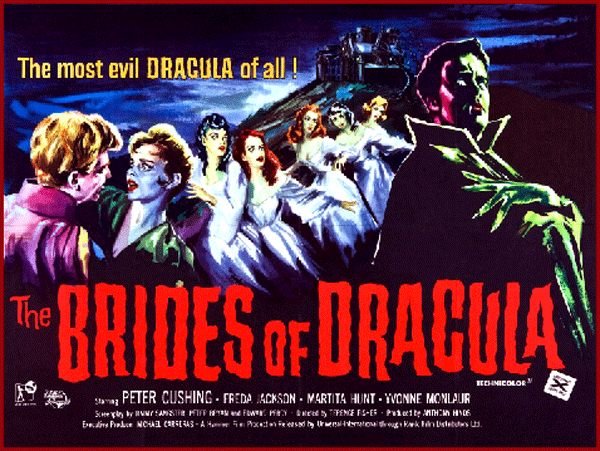
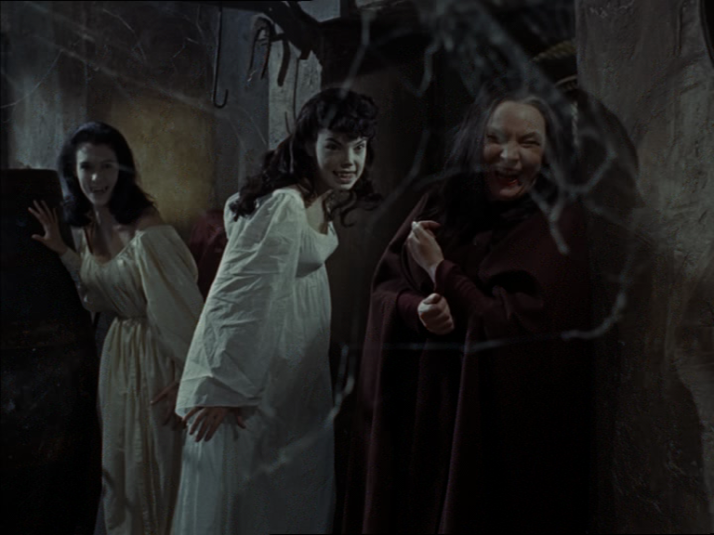
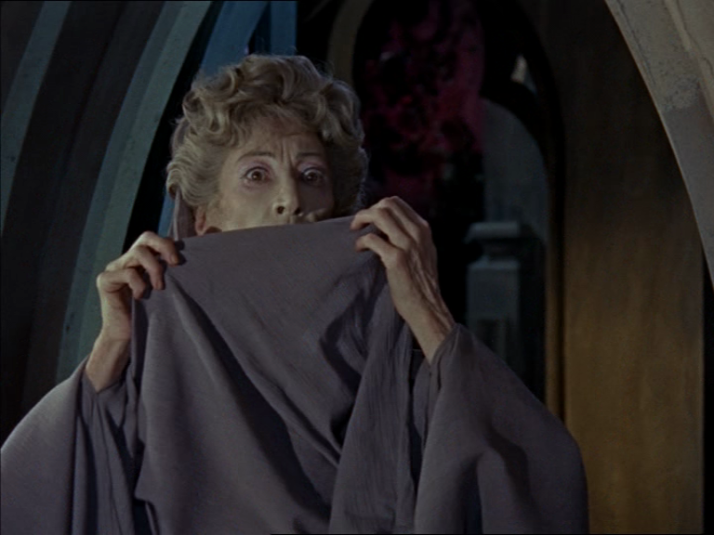
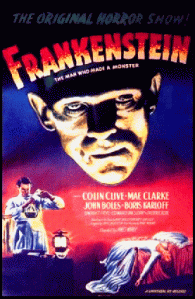
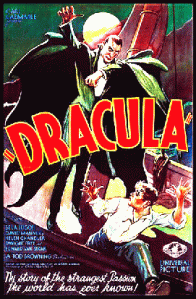

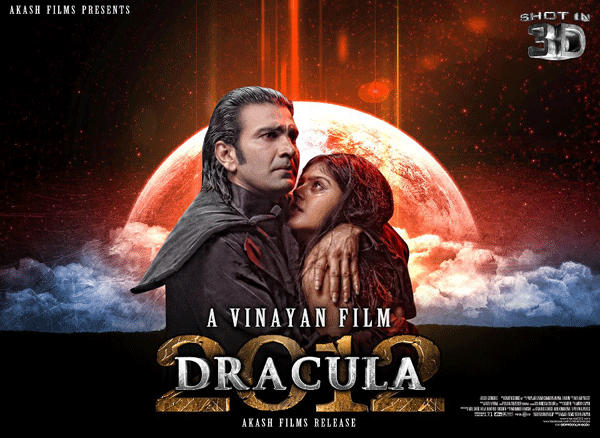
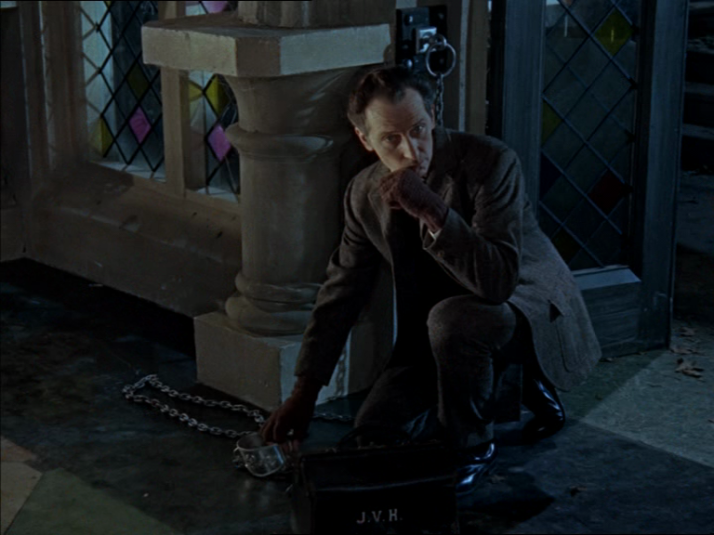
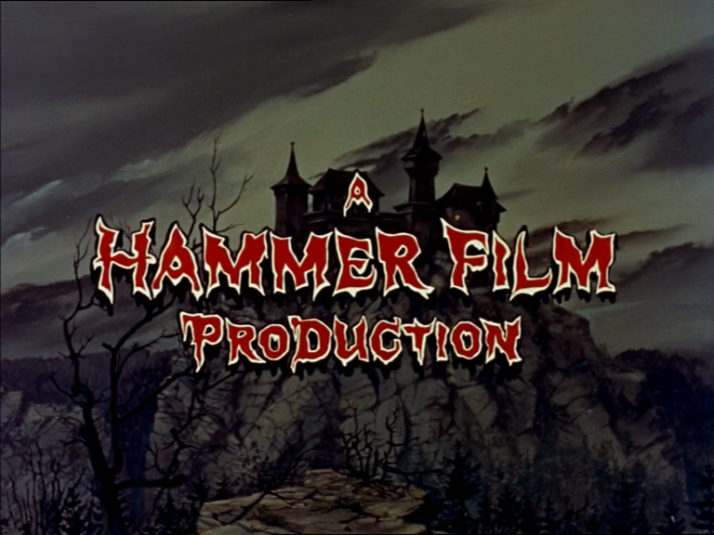
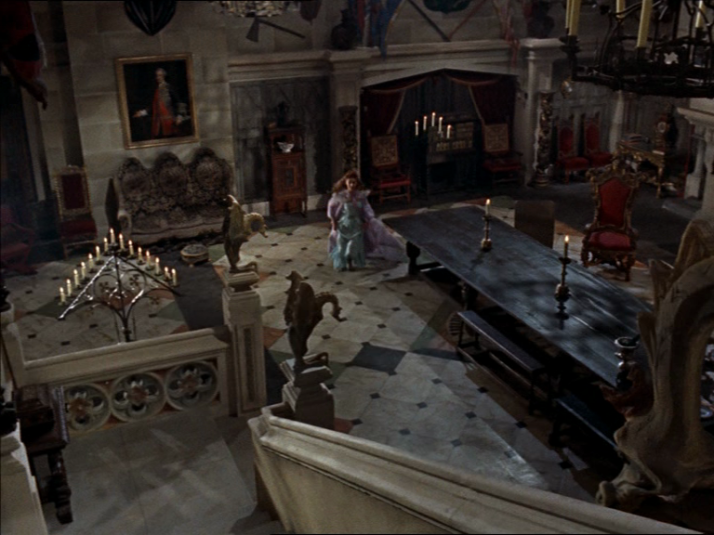
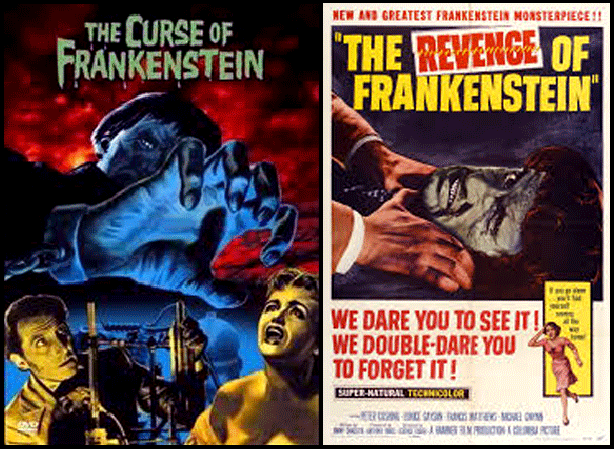
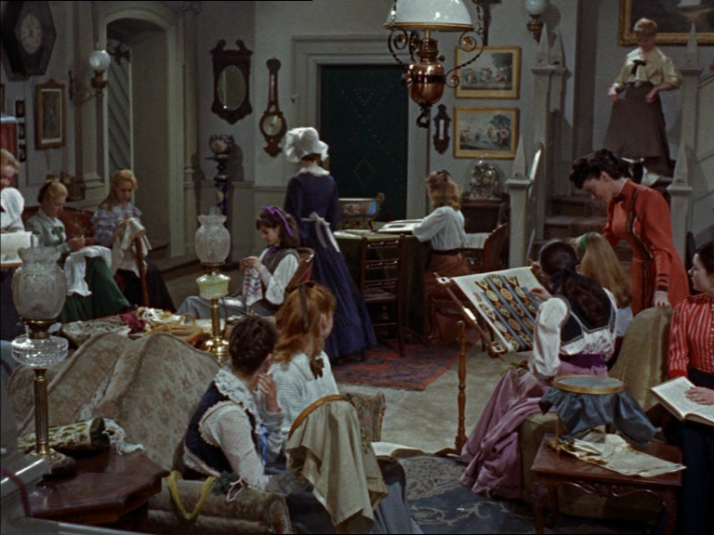
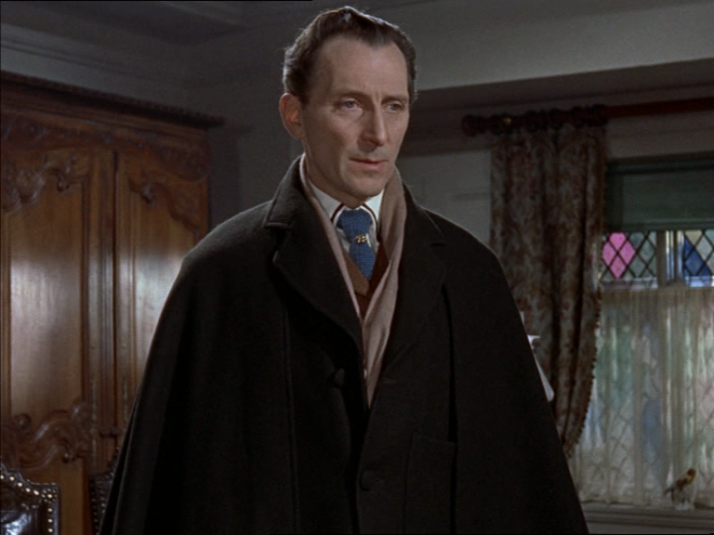

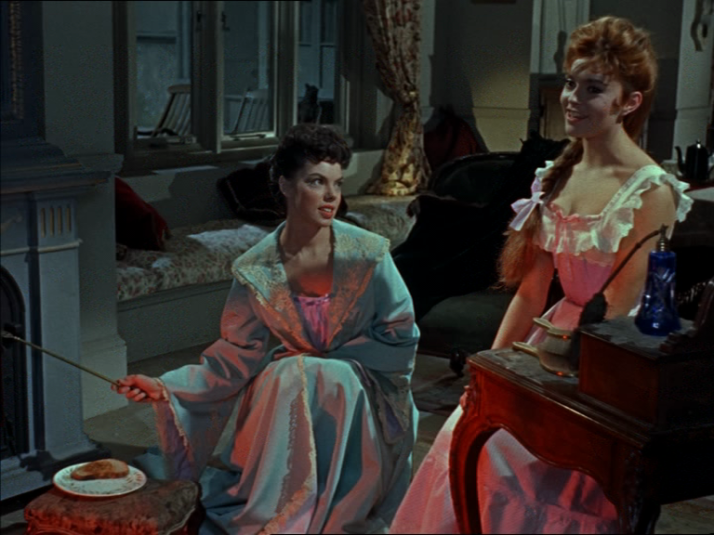

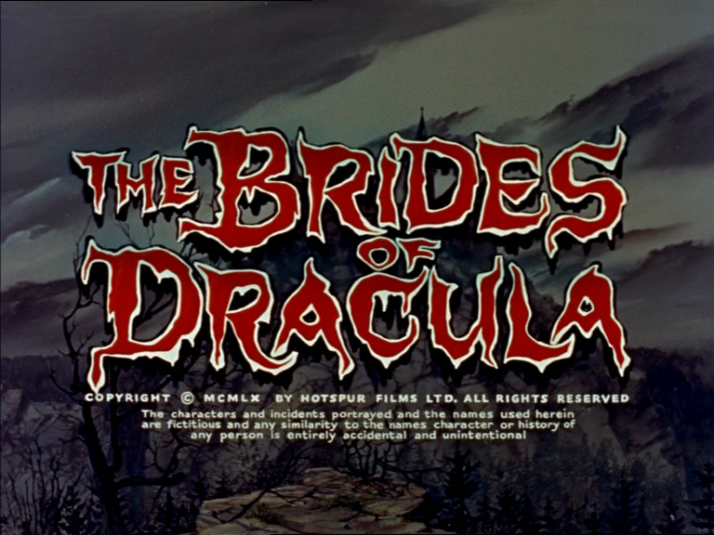
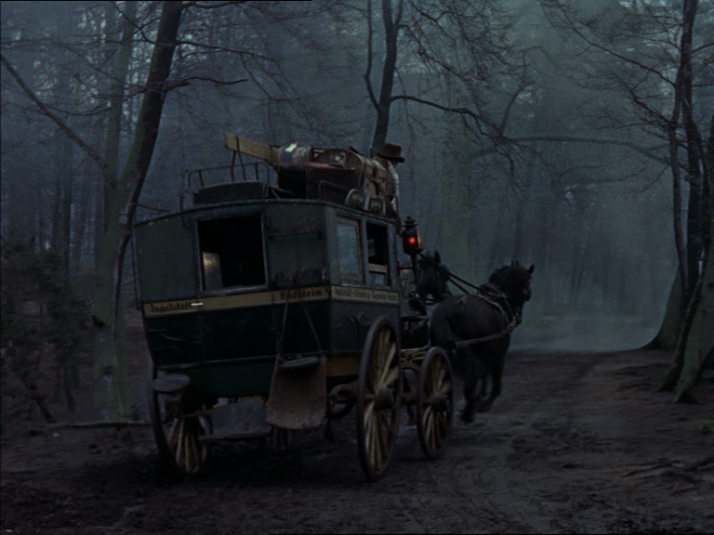
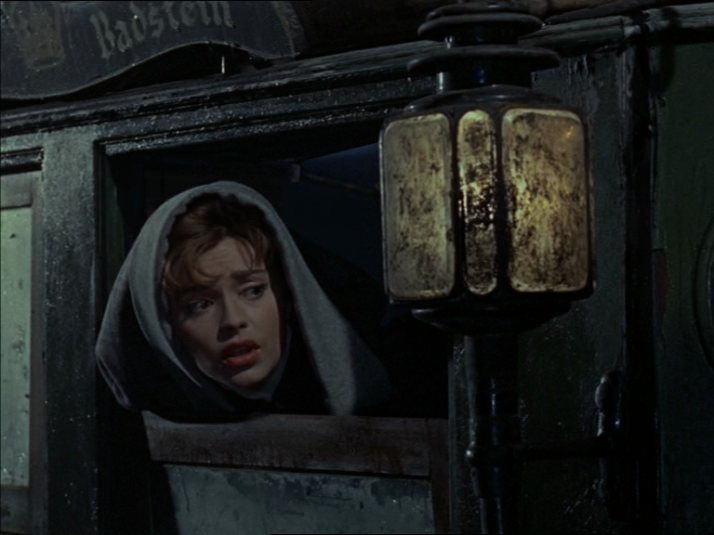
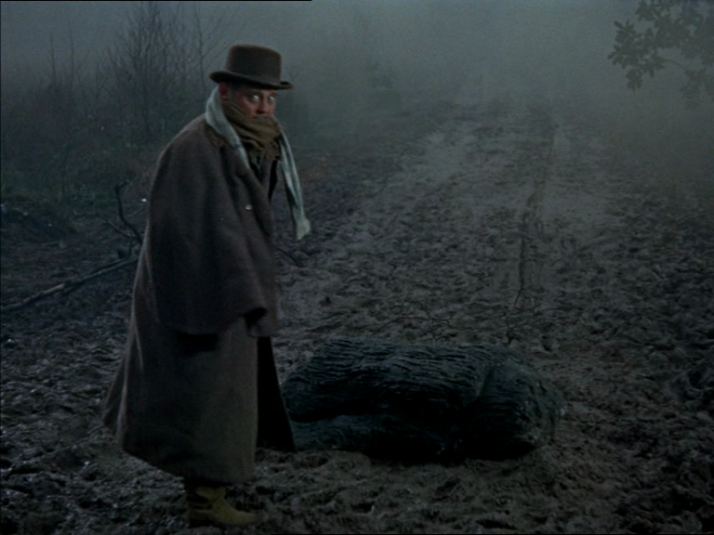
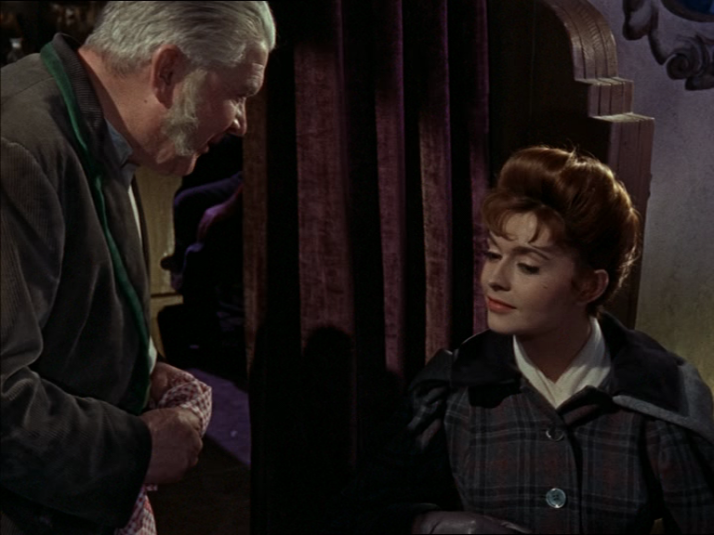
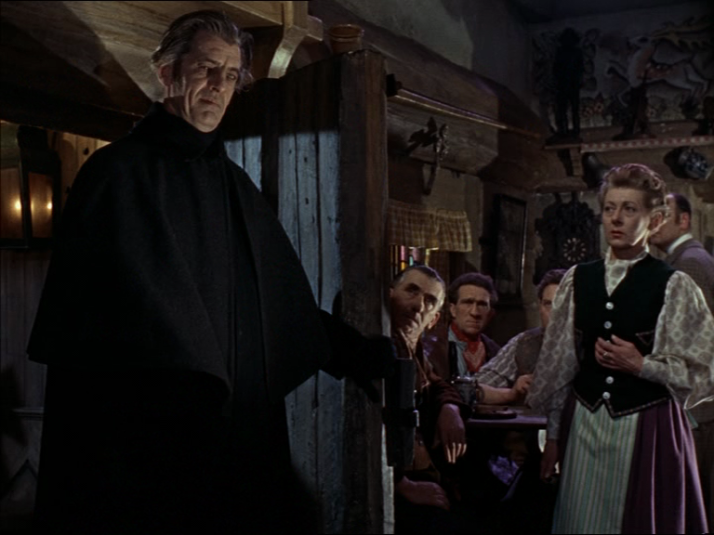
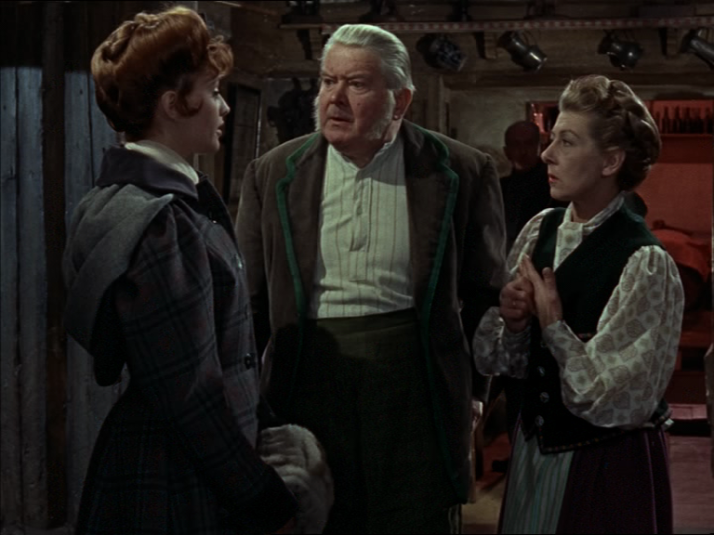
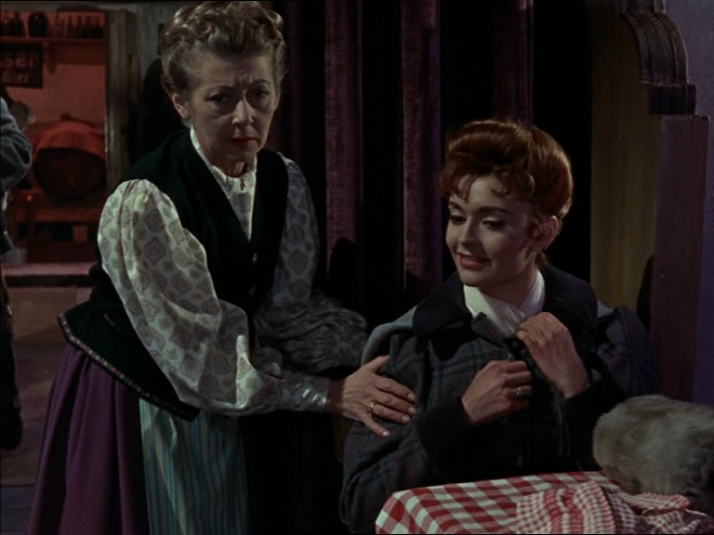
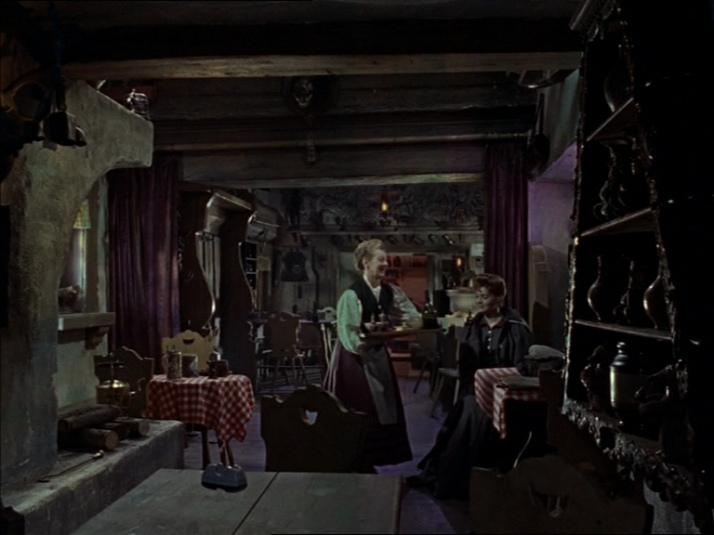
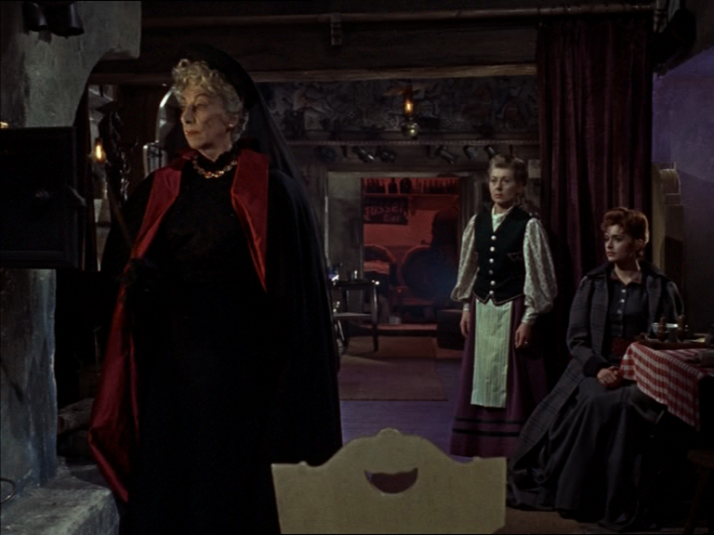
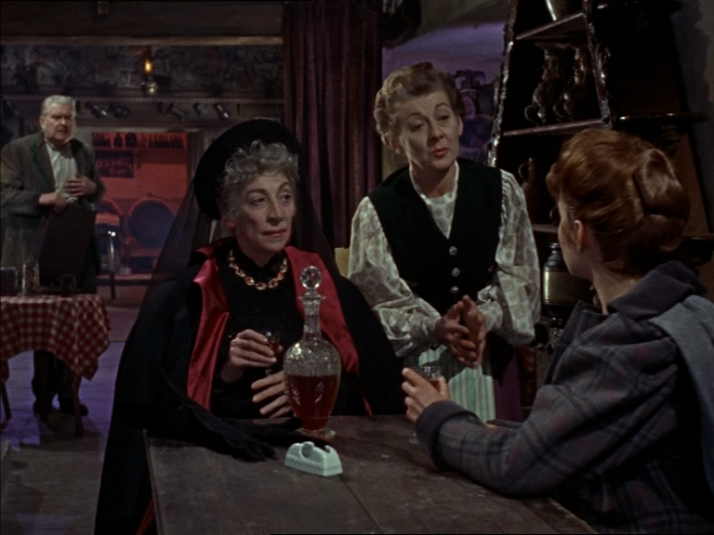
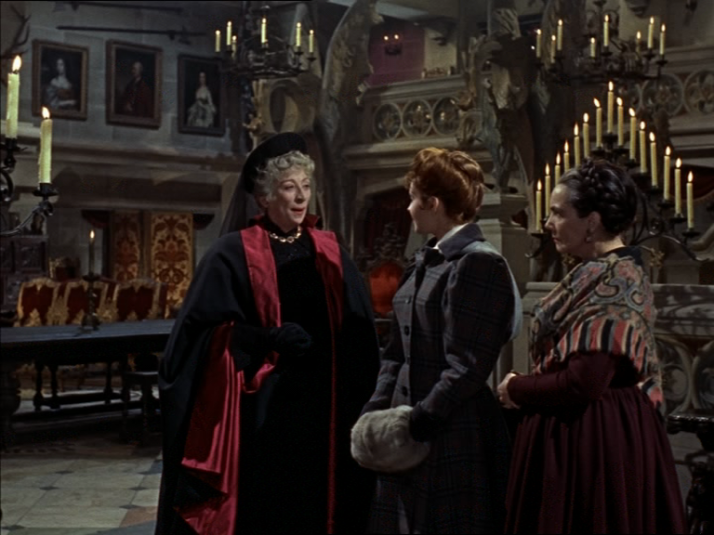
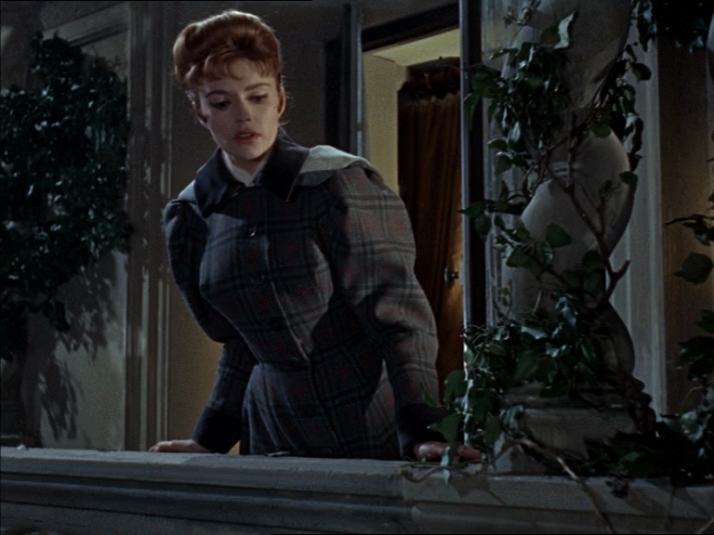

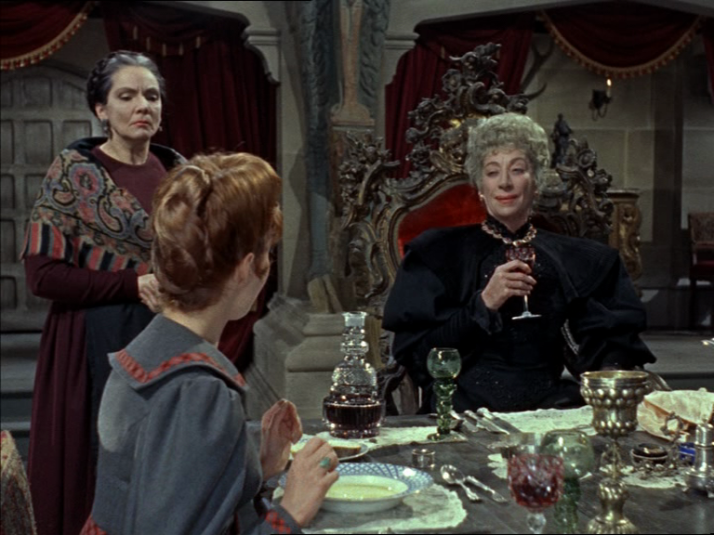
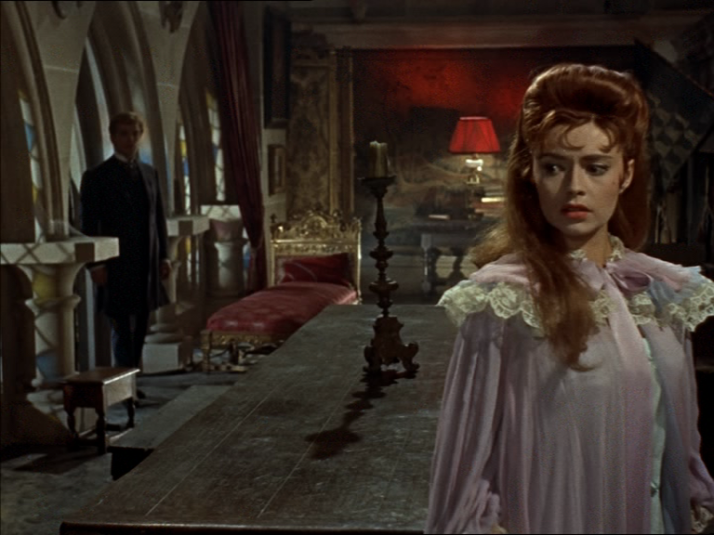

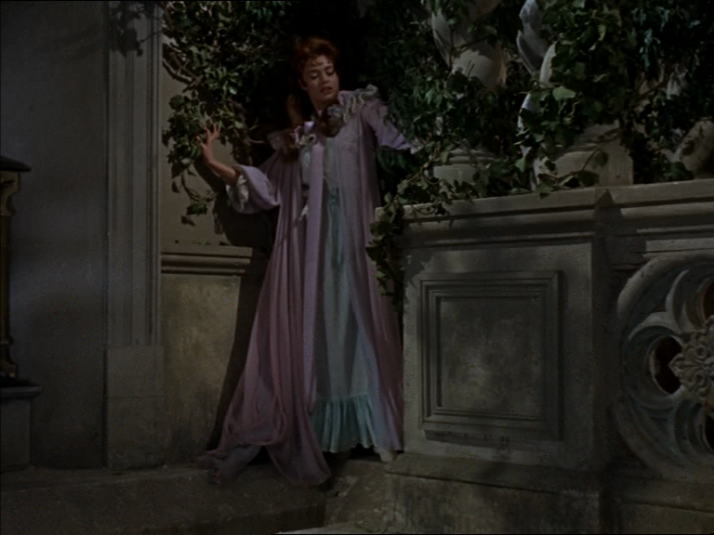
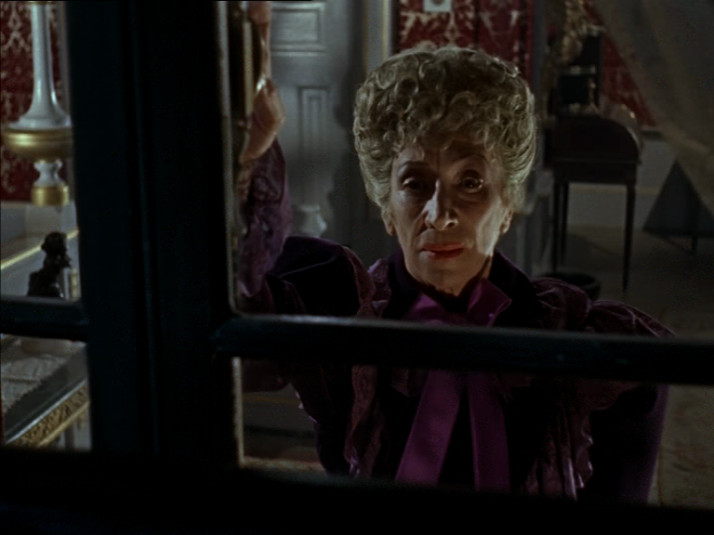
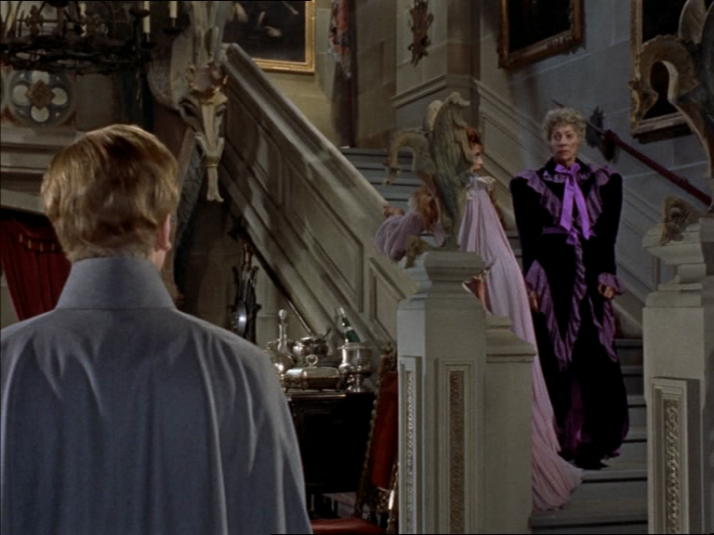
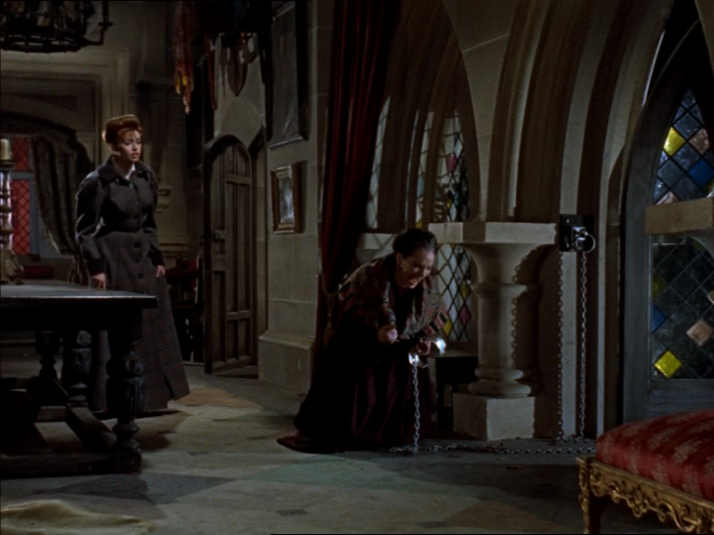
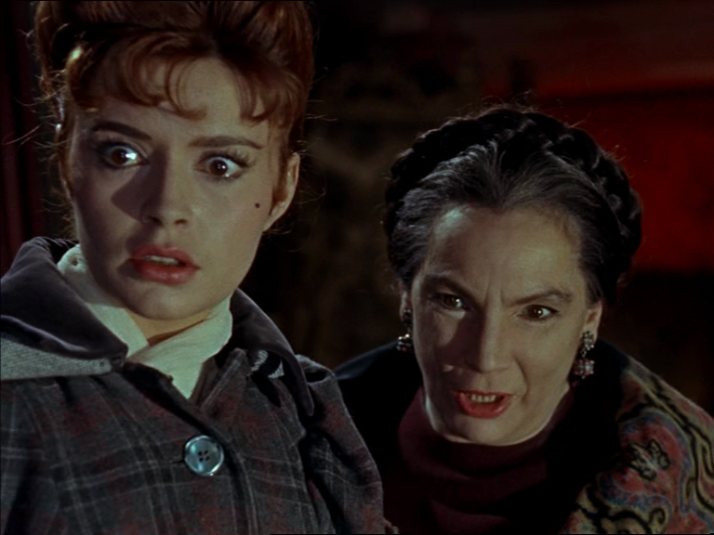
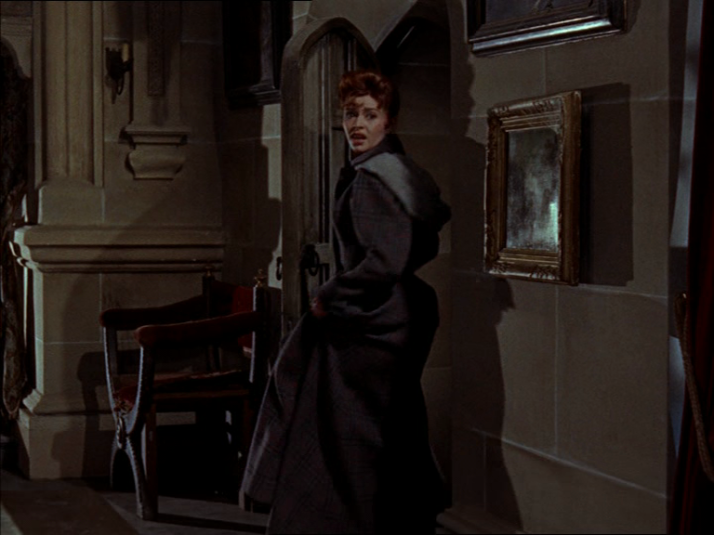
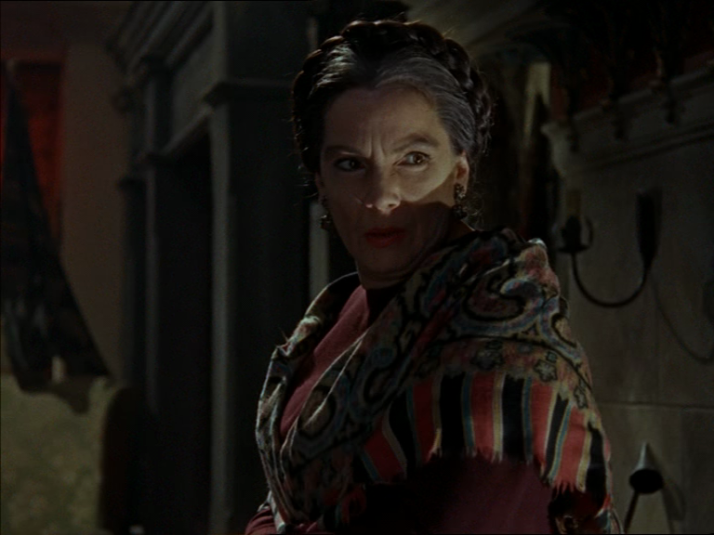
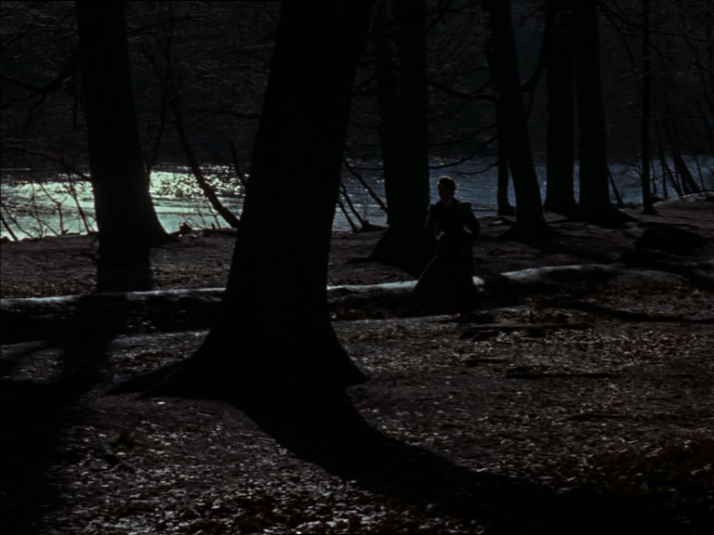
Wow, these films bring back memories. I got to watch most of them when I was a teenager and frightened myself half to death!! I spent many a sleepless night on account of them and always slept with the sheets around my neck!!
Lovely to hear from you again, Jo. I’m sorry to hear about the eye trouble and pray for your full recovery to health. Bless you, dear friend. 🙂
Thank you for the nice comments, my friend.
What a review! It’s curious how many people are attracted to horror films, including me! It’s like a taboo to be broken. I think Freud explains! 🙂
Very good post as always!
Cris.
Thank you, Cristine.
I am scared! These photos are terrifying … 🙂 Well done post, Joseph Sebastine.
Thank you, my friend.
I too remember these old movies. Peter Cushing and Christopher Plumber, were scary beyond belief, but not as scary as Bela Lugosi, and Boris Karloff. I’ve never thought about them in years, but after reading your review I’d love to see them again.
Sorry about your eye Jo. Hope it’s sorted soon. 🙂
Thank you for your support.I appreciate your time.
Between myth and legend, the castle of Dracula sees influx of tourists.
They come in Bran Romania, in the footsteps of the character of Bram Stoker, I visited in February.
I do not like horror movies!
Thank you.
Thank you too, your work and your ideas are awesome !
Have a nice week !
I’m so looking forward to part 2 of this. 🙂
Sorry, I was travelling. It’s posted now.
It has been a long time since I watched the Brides of Dracula, as a child/teen I used to love scaring myself watching horror movies and reading horror stories. Thanks for bringing back childhood memories, does that make me a little warped? 🙂
Thanks. You are welcome. Enjoy the second part, too. 🙂
Some seriously creepy images there. They must’ve done a good job with those movies. 🙂
It was good while it lasted. Thanks for your comments.
These brought back memories. Dracula movies always left me frightened as a child but I watched them any way. Excellent review! May your eye issue improve.
Thank you for your kind words.